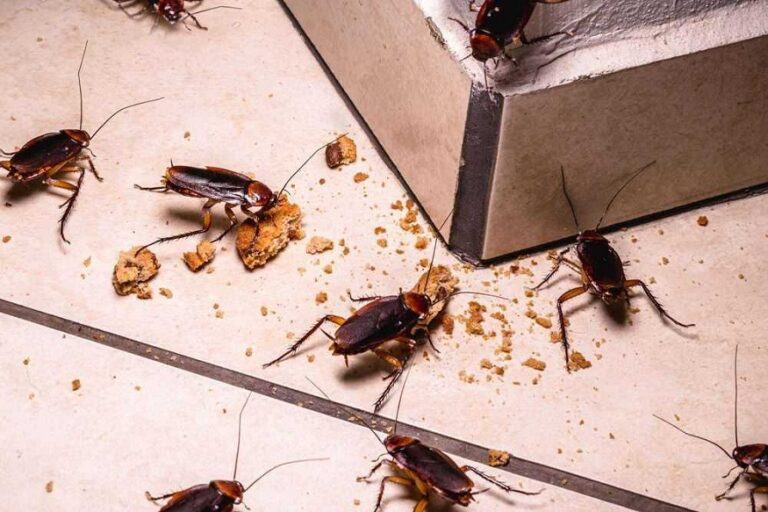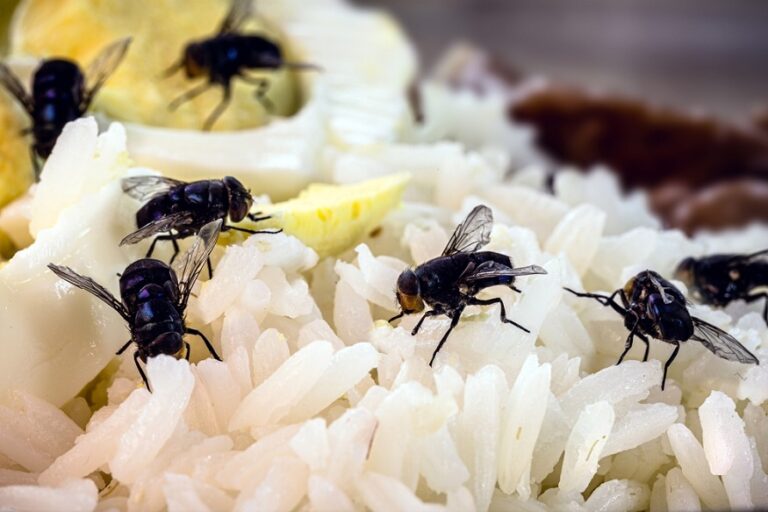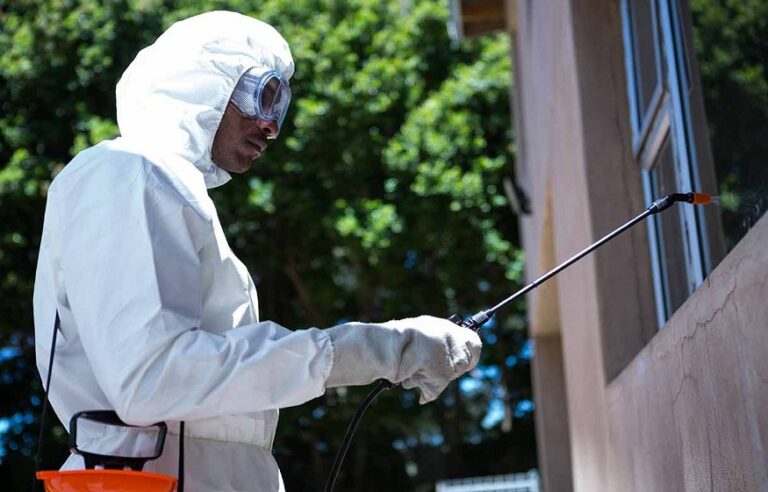Outdoor markets and food stalls are the perfect storm for a third-world atrocity of food sources, moisture for nests, and constant human traffic attracting unwanted guests like rodents, flies, cockroaches, and ants. The open nature of these establishments renders any conventional indoor pest control measures futile. On the other hand, they are heavily regulated by health authorities and should maintain a stringent level of cleanliness.
Professional services are aware of these niche pest challenges and create and implement targeted strategies that complement the unique challenges of outdoor food service operations. Explore now to learn about how pests appear in these outdoor areas and market areas, and what you can do about them.
Why Are These Areas More Prone to Pests?
-
Abundant Food Sources and Waste
A lot of outdoor food markets and food stalls are prone to contaminants naturally because of food being in direct contact with the surroundings. Food scraps, spilled ingredients, and improperly stored products create an open buffet for many pests all day long. While an indoor restaurant can control the environment, an outdoor vendor cannot remove food odors that get distributed through the open air, indicating a feeding opportunity for other pest populations in the area.
There are times when trash bins fill quickly at peak hours, combined with irregular collection schedules, which means that the organic waste is left uncovered for more extended periods. This fosters breeding and flies, and then catches rodents that find food leftovers easily enough.
2. Weather Exposure and Moisture
Outdoor food operations cannot escape weather conditions that are ideal for pest activity. Puddles and moisture buildup around vendor stalls caused by rain are suitable for pest water needs. The moisture from cooking processes interacts with humidity from the weather to provide perfectly conducive conditions for insect breeding. Changes in temperature also attract pests. Shelter in winter and shady spots in the summer, cooking areas are warm, and shaded spots are under vendor canopies.
3. High-Foot Traffic and Multiple Entry Points
Outdoor markets are open, so pests have unlimited access points. Outdoor stalls are not enclosed, meaning pests can enter undeterred through virtually any opening, unlike buildings with controlled entry points. With space constantly occupied by customers, delivery personnel, and vendors, there is a potential for pests to hit a ride and spread an existing infestation by doing what they do best.
How Can These Areas Remain Pest Free?
-
Proper Food Storage and Handling
Preventing pests works by cutting off their access to food. All ingredients should be stored in sealed pest-proof containers made of metal or hard plastic. Keeping products high off the ground prevents pests at the ground level, and regularly rotating your inventory ensures that expired products do not sit for too long and attract insects and rodents to your product.
A cleaning procedure that properly sanitizes all food prep surfaces, utensils, and other equipment must be included in the daily routine. Spills should be cleaned immediately, and crumbs or food particles must be swept up regularly throughout operating hours.
2. Strategic Waste Management
Proper waste disposal can reduce the number of pests. Rubbish bins should be well sealed, and appropriate rubbish clearance should be provided, especially during peak periods. Separating organic waste from other trash removes odors and makes the surroundings less attractive to pests.
As important as the condition of waste containers is their location, too. Keeping trash receptacles separate from food prep areas but still within easy reach limits pest access to food sources.
3. Regular Maintenance and Monitoring
Regular maintenance schedules will help identify potential pest issues before they develop into full-blown infestations. Vendors routinely check the stalls, equipment, and storage areas for warning signs of contamination, including droppings, chew marks, and unusual insects.
Outdoor professional pest monitoring systems can continue patrolling when stalls are closed. These systems measure vendor pest activity trends to understand where and when problems most likely develop.












+ There are no comments
Add yours